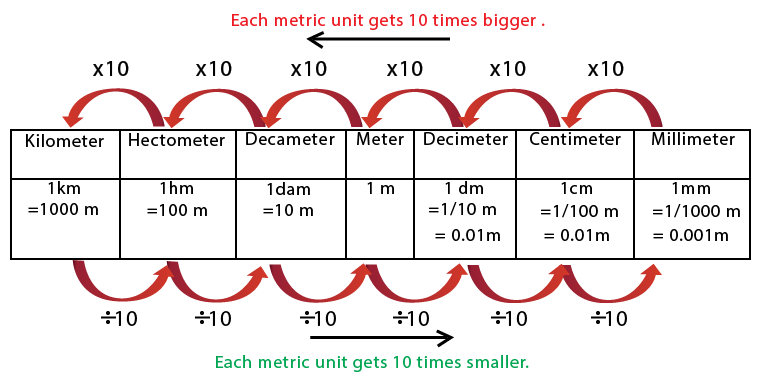An Overview of Cbse Class 4 Maths Notes Chapter 7 Jugs And Mugs
FAQs on Cbse Class 4 Maths Notes Chapter 7 Jugs And Mugs
1. What is the difference between milliliters and liters?
1000 millilitres make 1 litre. Hence, a milliliter is smaller than a liter. Both are the units of volume used to measure liquids.
2. How can I get help for NCERT exercises for Class 4 Chapter 7 Maths?
Download the NCERT solutions for this chapter. Follow the solution formats composed by the experts and learn how to solve questions faster. Try them out on your own and refer back to the solutions when you get stuck.
3. Will I learn to check the volumes of bottles and containers at home?
By using the concepts of this chapter, you can check the volumes of containers at home. Check the labels of bottles and you will find the volume of liquid present in them mentioned with units (liters or milliliters).
4. Where can I find and download these Class 4 Maths Chapter 7 notes for free in PDF format?
Students may inquire about the source or website where they can conveniently access and download these notes in PDF format.
5. Do Jugs and Mugs Class 4 Notes cover all the topics and exercises in Chapter 7 comprehensively?
Students might wonder if these notes provide a comprehensive understanding of the chapter, including explanations of all the mathematical concepts related to measurement and capacity.
6. Are Jugs and Mugs Class 4 Notes suitable for self-study, or should I use them alongside my textbook?
Many students ask whether these notes are designed for self-study or if they should be used as supplementary resources alongside their Maths textbook.
7. Do Jugs and Mugs Class 4 Notes include practice questions or exercises to reinforce learning?
Students often seek to know if the notes include practice questions or exercises to help them practise and apply the mathematical concepts covered in the chapter.

























